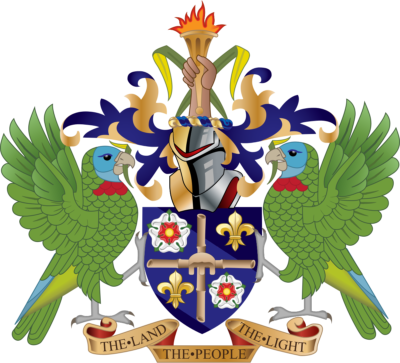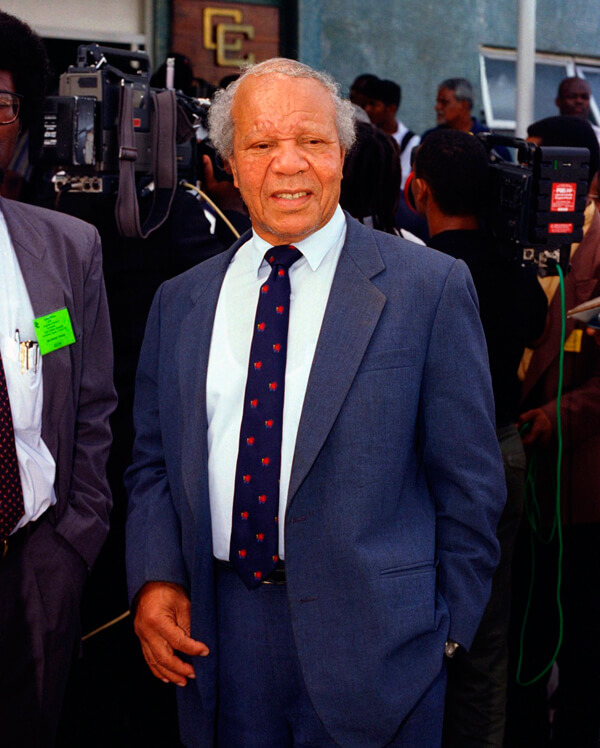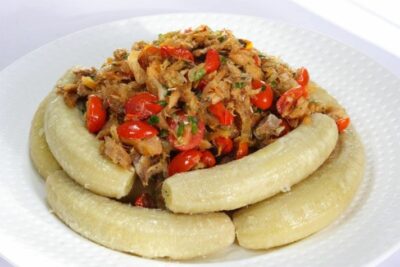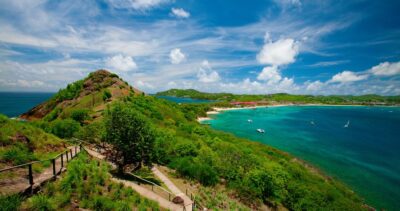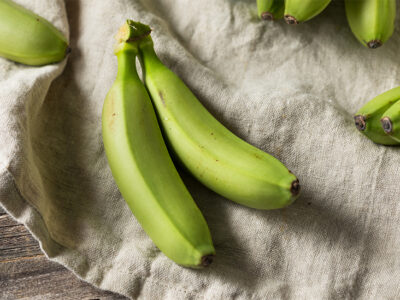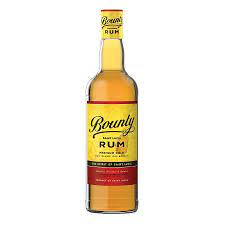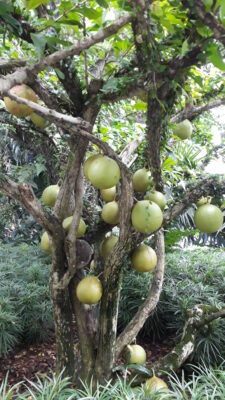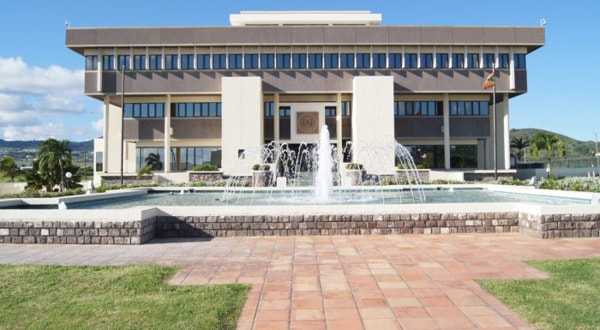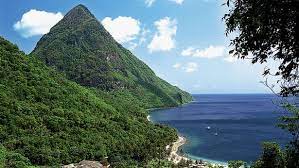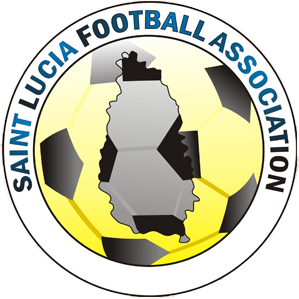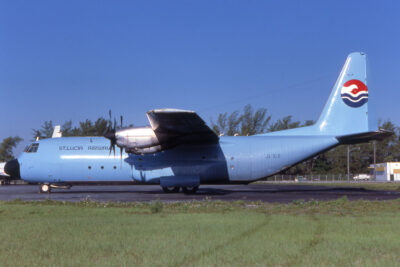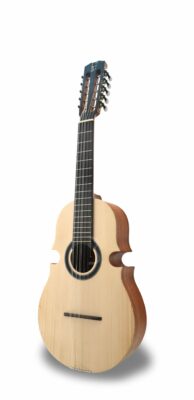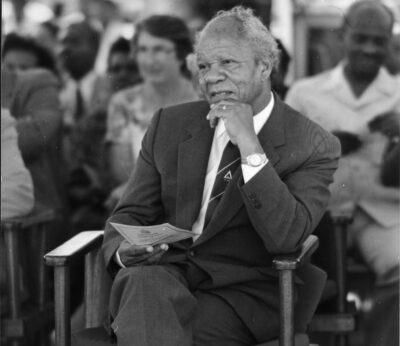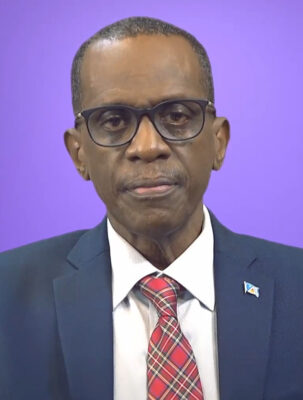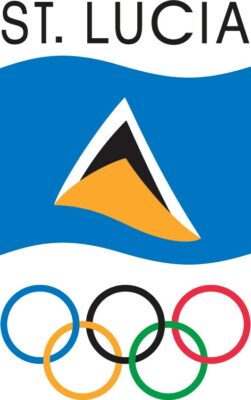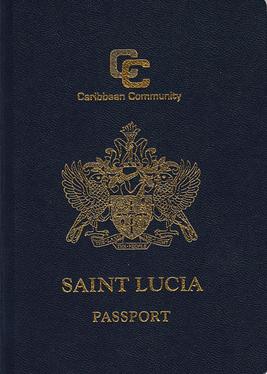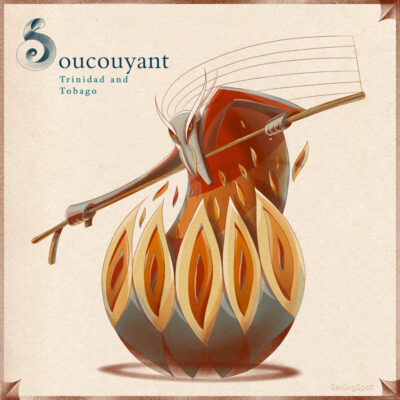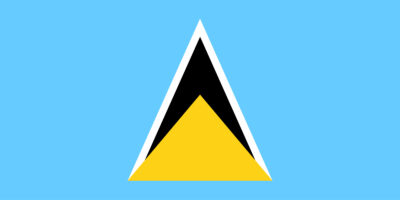National Symbols of Saint Lucia
Last updated on April 7th, 2023 by Editorial Staff
Table Of Contents
Reviewed by Rittika
Saint Lucia is a country in North America. The people of Saint Lucia are called Saint Lucian. The country is in the Caribbean, an island between the Caribbean Sea and the North Atlantic Ocean, north of Trinidad and Tobago.
Etymology discusses where a term is considered to have originated from and how its meaning has changed over time. Etymology has been a factor in the naming of countries all across the world, and St Lucia has also been influenced. The etymology of Saint Lucia can be defined as; “Saint Lucy” in Latin, for the shipwreck upon the island of French sailors on St. Lucy’s Day, 13 December 1502.
An ethnicity is a group or sub-group of people who are connected based on common characteristics which may include religion, origin, language, traditions, or culture. The ethnic groups in Saint Lucia include Black African, Mixed, and Indian.
St. Lucia Airways is the national airline of Saint Lucia. The national colors of the country are light blue, yellow, black, and white. The emoji flag of the country is ????????, and the ISO code is LCA.
Saint Lucia is known for its lush rainforests. The national dish of St Lucia is Green fig and saltfish. Bounty, in addition to being a traditional beverage, is one of the country’s national drinks. The national instruments of Saint Lucia are Banjo and Cuatro.
The country has the time zone UTC−4 (AST) followed by dd/mm/yyyy as the standard date format.
Saint Lucia is divided into 10 districts. The capital of the country is Castries, which is also the largest city in Saint Lucia.
The literacy rate in Saint Lucia is 90%.
The country’s total area is 617 km² (238 sq mi), and the total population is 183,627 . The country’s terrain can be defined as; Volcanic and mountainous with some broad, fertile valleys. The country’s usual climate is tropical, moderated by northeast trade winds; the dry season is January to April, and the rainy season is May to August.
The area of land next to a sea is called the coast, and a coastline is defined as the line where land and sea meet. Saint Lucia has 158 km of coastline.
The Eastern Caribbean dollar serves as the national unit of currency, and the Eastern Caribbean Central Bank is recognized as the country’s central bank. The domain for Saint Lucia is .lc and the country code is +758.
The national dress of Saint Lucia is the Madras, also called the Jip or Jupe, and 22 February is designated as National Day. In Saint Lucia, the majority of the population practices Christianity as their religion.
Nature is a blessing from God and we must protect it because it provides us with the oxygen and food to survive. It also helps to keep our environment beautiful and clean. To emphasize the significance of nature, Saint Lucia has selected a few forces of nature as national symbols. Saint Lucian parrot is both the national bird and animal of Saint Lucia. The national flower is Marguerite, whereas Green banana is the country’s national fruit. The national tree of St Lucia is the Calabash, and the highest peak is Mount Gimie.
Mythical creatures can be found in the literature and mythologies of many different nations. They represent imaginative representations of various creatures, humans, or hybrids. They are known for their specific features, supernatural abilities, and distinctive appearance. The mythical creature of Saint Lucia is Soucouyant.
Sports have always played an important role in developing the social and cultural structure of Saint Lucia and other countries. When it comes to designating a sport as the official symbol, Football is considered the country’s national sport.
John Compton is the founder of Saint Lucia. The country’s national anthem was written by Charles Jesse, and composed by Leton Felix Thomas.
The country’s national heroes are Sir John Compton and George Charles.
Due to their unique qualities and rich cultural or historical backgrounds, national monuments around the world are of great importance. Pigeon Island National Landmark is recognized as the national monument of the country. It attracts visitors from all around the world.
Numerous organizations are working on a global level to improve the current state of affairs and to collaborate in order to establish and maintain constructive partnerships. St Lucia is a member of the Caribbean Community (CARICOM or CC), Commonwealth of Nations, Organisation internationale de la Francophonie (OIF), Organization of American States (OAS), and United Nations (UN). Saint Lucia collaborates with them to organize, analyze, and address various events and situations.
The tourism slogan of the country is “Let Her Inspire You”, and Philip J. Pierre is the current Prime minister of Saint Lucia.
Saint Lucia has declared Saint Lucian Creole French as the country’s official language.
– Further information regarding the symbols and knowledge of Saint Lucia can be found in the table of contents –
Country information
Coat of arms
Flag map of Saint Lucia
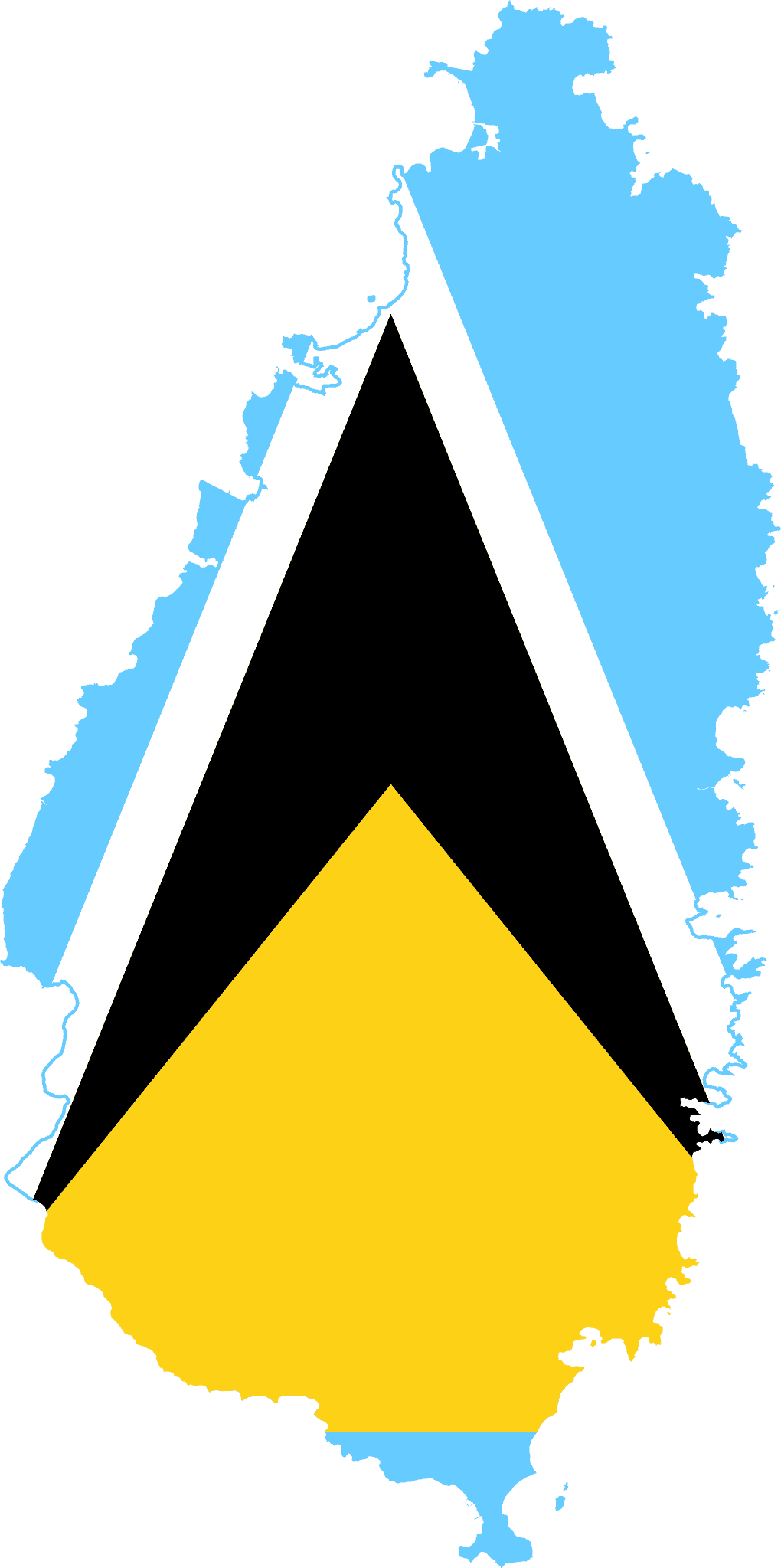
Motto of Saint Lucia
National animal of Saint Lucia
The National animal of Saint Lucia is Saint Lucian parrot
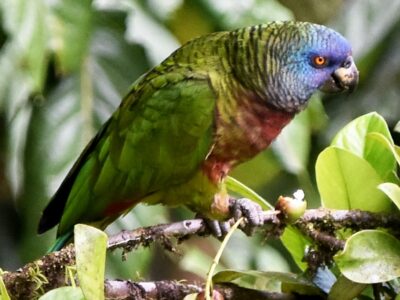
National flower of Saint Lucia
The National flower of Saint Lucia is Marguerite. Botanical name is Argyranthemum frutescens.
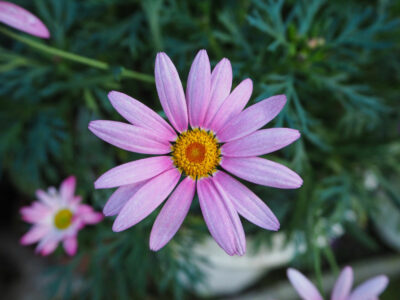
National bird of Saint Lucia
The National bird of Saint Lucia is Saint Lucian parrot

Rest of the National symbols of Saint Lucia 👇
-
FounderJohn Compton
-
National dishGreen fig and saltfish
-
National danceKwadril
-
National dressThe Madras, also called the Jip or Jupe
-
National monumentPigeon Island National Landmark
-
National anthemView Anthem
-
National fruitGreen banana
-
National drinkBounty
-
National colorsLight blue, yellow, black and white
-
National sportsFootball
-
National treeCalabash
-
National poetNot Declared
-
National mausoleumNot Declared
-
Central BankEastern Caribbean Central Bank
-
Highest peakMount Gimie
-
National football teamLCA
-
Tourism sloganLet Her Inspire You
-
Emoji flag????????
-
National airlineSt. Lucia Airways
-
National instrumentBanjo and Cuatro
-
National heroSir John Compton and George Charles
-
Prime MinisterPhilip J. Pierre
-
Olympics CommitteeSt Lucia Olympic Committee
-
PassportPassport of Saint Lucia
-
Mythical CreatureSoucouyant
